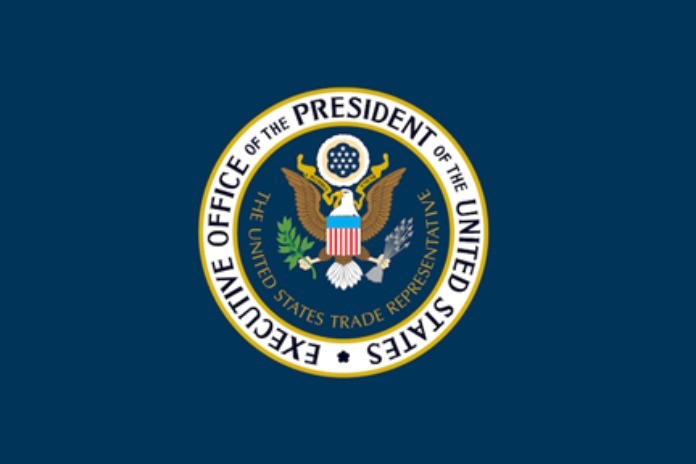By Julie Callahan
The livelihoods of food and agricultural producers large and small across the country, from the apple orchards of Yakima and the dairies of La Crosse to the harvesters in Wellfleet, depend on international trade. In ambassador Tai’s first year, USTR has worked to unlock economic opportunity for all Americans, and that includes increased market access for American farmers, ranchers, fishers and food manufacturers. In the first three months of 2022, USTR has produced some notable results.
In January, we announced the opening of India’s market for U.S. pork and pork products after the successful revitalization of the US-India Trade Policy Forum in New Delhi back in November 2021. We also secured a win in the first USMCA dispute settlement panel over Canadian dairy. In February we negotiated the resumption of bilateral trade in shellfish with the European Union. And last week, we secured another major breakthrough for our Ag sector.
The US reached an agreement in principle with Japan on a revised beef safeguard mechanism under the US-Japan Trade Agreement (USJTA). The deal is a win-win for US producers and Japanese consumers and it will allow American producers to meet Japan’s growing demand for high-quality US beef. Over the last year, USTR worked closely with USDA and our embassy in Japan during the negotiations on this new approach.
Safeguards are designed to protect domestic producers from potential surges in imports by imposing a higher duty if imports exceed a certain threshold. Throughout 2020 and in the first months of 2021, severe drought affecting cattle production in Australia (one of Japan’s top suppliers of beef) drove significant increases in US beef exports to Japan. This uptick of imports from the United States, meant that Japan’s imports of US beef exceeded the USJTA safeguard trigger, and additional duties were temporarily imposed on US beef.
USTR was committed to finding a solution that avoids the safeguard from triggering again in the future. The new safeguard mechanism has three separate triggers, all of which would need to be hit before Japan could impose additional tariffs on US beef.
The three triggers are:
- Imports from the United States must exceed the original beef safeguard trigger level under the US-Japan Trade Agreement;
- The aggregate volume of beef imports from the United States and the original signatories of the Comprehensive and Progressive Agreement for Trans-Pacific Partnership (CPTPP) must exceed the CPTPP beef safeguard; and
- Imports from the United States must exceed the total amount of beef imports from the United States during the previous year.
American ranchers can be confident in their ability to meet Japan’s demand for safe, high-quality beef without concern that they will be hit with higher duties as market conditions fluctuate in the future. And USTR will continue supporting US farmers and ranchers through negotiations with our trading partners to remove unnecessary barriers and by creating inclusive, resilient trade policy that opens foreign markets to safe, high-quality US food and agricultural products.
Julie Callahan is the Assistant United States Trade Representative for Agricultural Affairs.





